How Does A Digital Camera Use Light ?
A digital camera uses light to capture images by utilizing a combination of lenses, sensors, and image processing technology. When light enters the camera through the lens, it passes through a series of optical elements that help focus and direct the light onto the image sensor. The image sensor, typically a charge-coupled device (CCD) or a complementary metal-oxide-semiconductor (CMOS) sensor, converts the incoming light into electrical signals.
The image sensor is made up of millions of tiny photosensitive elements called pixels. Each pixel measures the intensity of light that falls on it and converts it into an electrical charge. The camera's electronics then process these charges to create a digital representation of the captured image. This digital data is then stored on a memory card or other storage medium.
The camera's image processing algorithms further enhance the captured image by adjusting factors like color balance, exposure, and sharpness. Finally, the processed image can be displayed on the camera's LCD screen or transferred to a computer or other devices for viewing, editing, or sharing.
1、 Light absorption and conversion in digital camera sensors
A digital camera uses light in a complex process involving light absorption and conversion in its sensors. When light enters the camera through the lens, it passes through a series of elements such as filters and lenses to reach the image sensor. The image sensor is a crucial component that captures the light and converts it into a digital image.
The image sensor in a digital camera is typically a charge-coupled device (CCD) or a complementary metal-oxide-semiconductor (CMOS) sensor. These sensors consist of millions of tiny photosensitive elements called pixels. Each pixel is capable of absorbing light and converting it into an electrical signal.
When light strikes the pixels on the image sensor, it causes the electrons within the pixels to become excited. This excitation generates an electrical charge proportional to the intensity of the light. The charge is then measured and converted into a digital value by an analog-to-digital converter (ADC) within the camera.
The digital values obtained from each pixel are then processed by the camera's image processor to create a digital image. The image processor applies various algorithms to enhance the image quality, adjust colors, and reduce noise.
In recent years, there have been advancements in digital camera technology, particularly in the development of CMOS sensors. CMOS sensors have become increasingly popular due to their lower power consumption, faster readout speeds, and improved image quality. Additionally, some cameras now incorporate backside-illuminated (BSI) CMOS sensors, which further enhance light sensitivity and image quality.
In conclusion, a digital camera uses light by absorbing it through its lens and converting it into electrical signals through the image sensor. This process allows for the creation of digital images that can be further processed and enhanced. The continuous advancements in sensor technology contribute to the improvement of image quality and overall camera performance.

2、 Image formation through lens and aperture in digital cameras
A digital camera uses light in the process of image formation through its lens and aperture. When light enters the camera through the lens, it passes through the aperture, which controls the amount of light that reaches the image sensor. The aperture is adjustable, allowing the photographer to control the depth of field and the amount of light entering the camera.
Once the light passes through the aperture, it reaches the image sensor, which is made up of millions of tiny photosensitive cells called pixels. These pixels convert the light into electrical signals, which are then processed by the camera's image processor to create a digital image.
The image sensor in a digital camera is typically a charge-coupled device (CCD) or a complementary metal-oxide-semiconductor (CMOS) sensor. Both types of sensors work by converting light into electrical charges, but they differ in their construction and operation.
In recent years, there have been advancements in digital camera technology that have improved the way cameras use light. For example, backside-illuminated (BSI) CMOS sensors have become more common, which allow for better light sensitivity and improved image quality, especially in low-light conditions. Additionally, some cameras now feature multiple image sensors, allowing for advanced features such as depth sensing and improved dynamic range.
Overall, the use of light in digital cameras is essential for capturing images. The lens and aperture control the amount and quality of light that reaches the image sensor, while advancements in sensor technology continue to enhance the camera's ability to capture high-quality images in various lighting conditions.

3、 Light detection and pixel processing in digital camera sensors
A digital camera uses light in the process of capturing and producing images. Light enters the camera through the lens and is focused onto the image sensor, which is made up of millions of tiny light-sensitive pixels. Each pixel detects the intensity and color of the light that falls on it.
The image sensor in a digital camera is typically a charge-coupled device (CCD) or a complementary metal-oxide-semiconductor (CMOS) sensor. These sensors convert the light into electrical signals, which are then processed by the camera's image processor.
The light detection process begins with the photons of light hitting the pixels on the sensor. Each pixel contains a photosensitive material that generates an electrical charge when exposed to light. The intensity of the charge is proportional to the intensity of the light that hit the pixel.
After the light is converted into electrical signals, the image processor processes these signals to create a digital image. It applies various algorithms to enhance the image quality, adjust colors, and reduce noise.
The latest point of view in light detection and pixel processing in digital camera sensors involves advancements in sensor technology. Manufacturers are constantly improving the sensitivity and dynamic range of sensors, allowing cameras to capture more detail in both bright and dark areas of an image. Additionally, advancements in image processing algorithms enable cameras to produce more accurate and vibrant colors, as well as reduce noise in low-light conditions.
In conclusion, a digital camera uses light by capturing it through the lens and converting it into electrical signals using an image sensor. These signals are then processed by the camera's image processor to produce a digital image. Ongoing advancements in sensor technology and image processing algorithms continue to enhance the quality and capabilities of digital cameras.

4、 Color reproduction and white balance in digital cameras
A digital camera uses light in several ways to capture and reproduce images. One of the primary functions of a digital camera is to convert light into digital information that can be stored and processed. This process begins with the camera's image sensor, which is made up of millions of tiny light-sensitive pixels.
When light enters the camera through the lens, it passes through a series of optical elements that help focus and direct the light onto the image sensor. The image sensor then converts the light into electrical signals, which are then processed by the camera's image processor.
Color reproduction is an essential aspect of digital cameras. Each pixel on the image sensor is typically equipped with a color filter, allowing it to capture specific wavelengths of light. These filters are usually arranged in a pattern known as the Bayer filter array, which consists of red, green, and blue filters. By capturing the intensity of light for each color channel, the camera can reproduce a full-color image.
White balance is another crucial aspect of digital cameras. It refers to the camera's ability to accurately reproduce white and neutral colors under different lighting conditions. White balance is necessary because different light sources emit light with different color temperatures. To achieve accurate color reproduction, digital cameras have white balance settings that adjust the color temperature of the captured image.
In recent years, advancements in digital camera technology have led to improvements in color reproduction and white balance. Cameras now often feature advanced algorithms and image processing techniques that can accurately reproduce colors and adjust white balance in real-time. Additionally, some cameras offer manual white balance settings, allowing photographers to fine-tune the color temperature according to their preferences.
Overall, a digital camera uses light to capture images by converting it into digital information. Color reproduction and white balance are crucial aspects of this process, ensuring accurate and lifelike images.












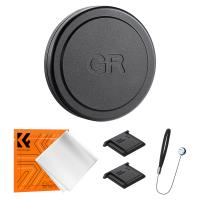



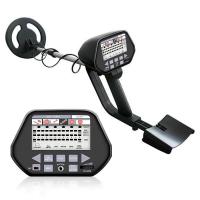





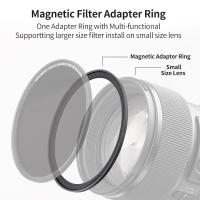
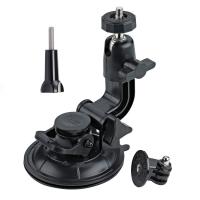


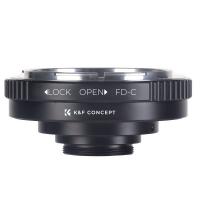
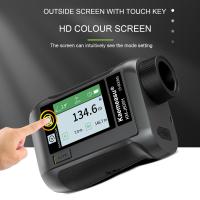

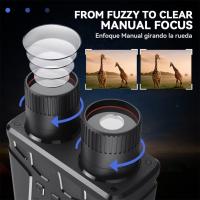

There are no comments for this blog.